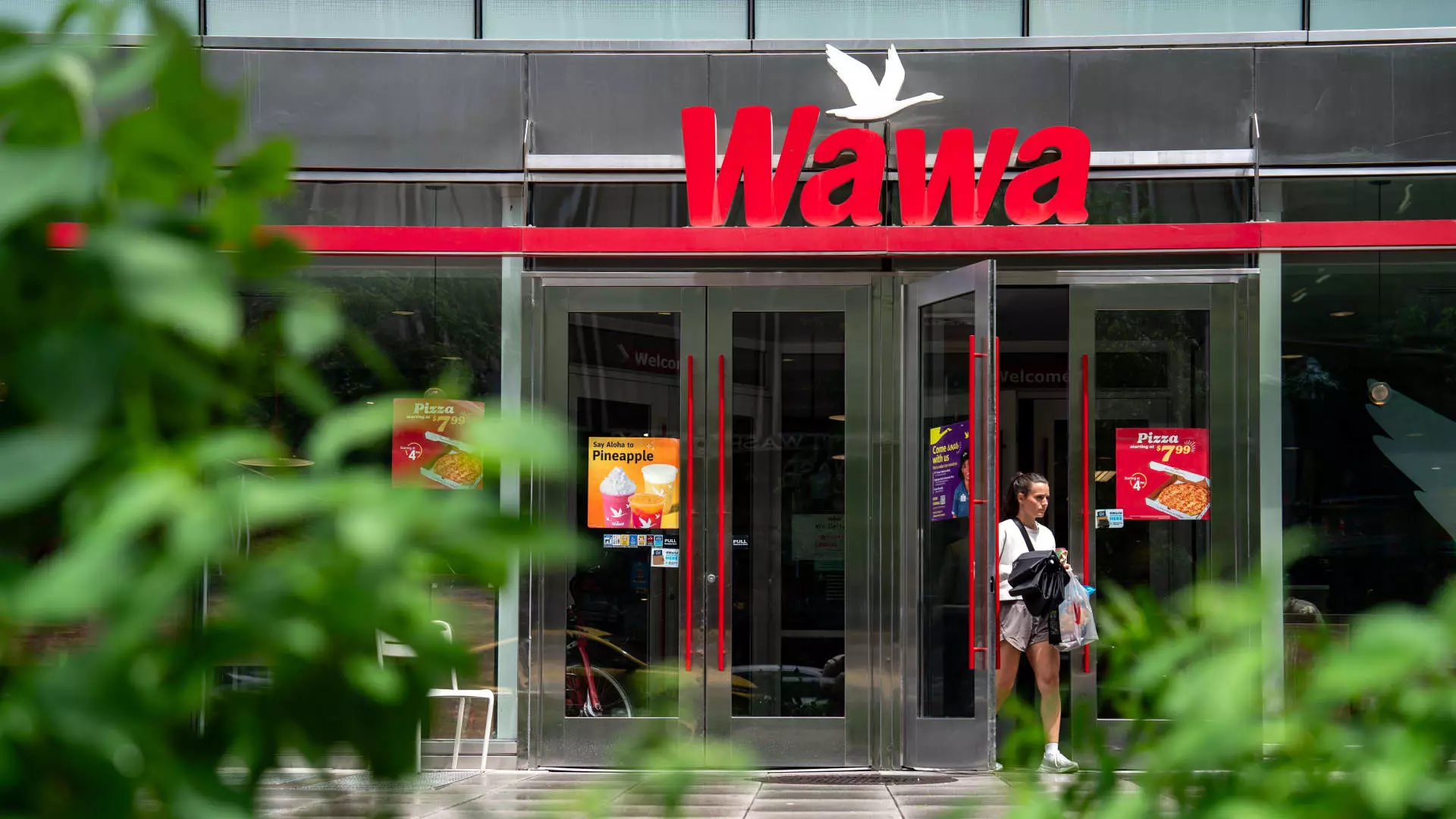In recent years, the once-dominant realm of quick-service breakfast has faced an undeniable shift. What was once considered a simple morning indulgence—pulling up to a fast-food chain for a sausage biscuit or a coffee—has increasingly become a casualty of changing consumer habits and strategic missteps. The data paints a stark picture: morning visits to fast-food restaurants have been in steady decline, with some chains experiencing nearly 9% drops, while convenience stores (c-stores) have surged ahead with a 9% growth within just three months. This alarming divergence signals a fundamental challenge to the traditional fast-food breakfast model, which has operated under the assumption of convenience, affordability, and a predictable customer base. Today, however, those assumptions are unraveling as consumers are both scrutinizing their budgets more critically and seeking fresher, more versatile options that align better with their evolving lifestyles.
What’s more troubling for traditional fast-food operators is the fact that the vast majority of consumers still rely on their pantries and refrigerators for breakfast. According to industry research, around 87% of what Americans eat in the morning originates at home. This means fast-food chains are fighting an uphill battle against ingrained habits and the simple convenience of eating in one’s own kitchen. Their long-standing strategy of enticing morning commuters with novelty and convenience has not only been challenged but largely overtaken by a new wave of food-forward convenience stores—establishments that are reinventing their offerings to cater to the modern, health-conscious, and budget-aware consumer.
Convenience Stores: The Silent Revolution in Morning Eating
The narrative of convenience stores rising to threaten fast-food breakfast dominance is an evolution that has been brewing for years. C-stores like Wawa, Sheetz, and 7-Eleven have recognized the shifting terrain and begun investing heavily in prepared foods, fresh offerings, and quality branding. Their success lies in understanding what today’s breakfast consumer truly wants: a quick, affordable, more diverse, and fresher meal option with better perceived value. Unlike fast-food chains, which often rely on standardized menus and limited variety, convenience stores are expanding their fresh food sections to include made-to-order sandwiches, coffee beverages, smoothies, and even pizza—products that resonate with consumers tired of the sameness.
The strategic investments of these stores, especially those inspired by their international counterparts such as Japan’s 7-Eleven, have paid off. As consumer perceptions shift, c-stores now enjoy a growing reputation as authentic breakfast providers, with many customers viewing them as a valid alternative to traditional fast-food outlets. Moreover, they boast one significant advantage: proximity. For many commuters, the gas station or convenience store on the way to work or during the morning rush is now their de facto breakfast stop.
The Metrics of a Changing Market
This paradigm shift isn’t just anecdotal; it is quantifiable and accelerating. Industry figures reveal that foodservice sales at convenience stores hit a staggering $121 billion in 2024. The growth is fueled not merely by gas sales but predominantly by consumers opting for made-to-order breakfast items, energy drinks, and health-focused snacks. One telling statistic is the rising number of people who see convenience stores as a legitimate alternative to fast-food chains—over 70% in recent surveys acknowledged this, up from just 45% two years prior.
Furthermore, convenience stores are focusing on quality and variety—attributes that fast-food chains have historically struggled to match. Chains like Wawa are expanding their fresh food options, appealing to consumers who want something more substantial and less processed. The shift is so significant that fast-food giants are now trying to emulate their rivals, borrowing tactics like enhancing prepared foods, introducing new menu items, and even tinkering with store hours to tap into early morning and late-night revenue streams.
The Growing Financial Struggles of Fast-Food Breakfast
The decline in breakfast foot traffic spells trouble for major fast-food players, especially industry heavyweight McDonald’s. Data reveals a consistent downward trend in their morning visits—dropping from 33.5% of overall traffic in 2019 to under 30% today. McDonald’s, which has historically been the gold standard of fast-food breakfast, acknowledges the economic fragility of this segment. Their CEO, Chris Kempczinski, has openly admitted that breakfast is now the most “economically sensitive” part of the day, easily skipped or replaced at home when budgets are tight.
This sensitivity is not a fleeting problem but a profound shift driven by economic pressures, changing consumer preferences, and the inability of fast-food chains to innovate rapidly enough. Price-sensitive consumers are increasingly choosing options that feel like better value, even if they aren’t cheaper—favoring quality, freshness, and variety over just convenience or brand familiarity.
Fast-Food Chains’ Response: Playing Catch-up or Leading the Change?
The response from quick-service restaurants has been reactive, not proactive. They are mimicking convenience store innovations—embracing digital ordering, expanding breakfast menus, and experimenting with late-night offerings. However, their efforts often come across as mere rip-offs rather than genuine innovation. Fast-food operators need a fundamental rethink of their breakfast strategies, emphasizing quality and variety that meet modern expectations.
Meanwhile, convenience stores are winning by doing what fast-food chains lack—the ability to adapt swiftly, offer a wider range of fresh, made-to-order options, and position themselves at the nexus of daily routines. With better quality perception and broader menu choices, they’re transforming into full-fledged breakfast destinations, not just quick stops for gas or snacks.
As this competition intensifies, fast-food chains must realize that their traditional model—driven by speed, standardized offerings, and low prices—may no longer be enough. They need to reimagine breakfast as a premium, quality-driven experience that aligns with consumers’ desire for convenience, freshness, and value. If they fail to adapt, the days of breakfast at McDonald’s or Dunkin’ may become relics of a rapidly shifting landscape where convenience stores seize their breakfast crown.

